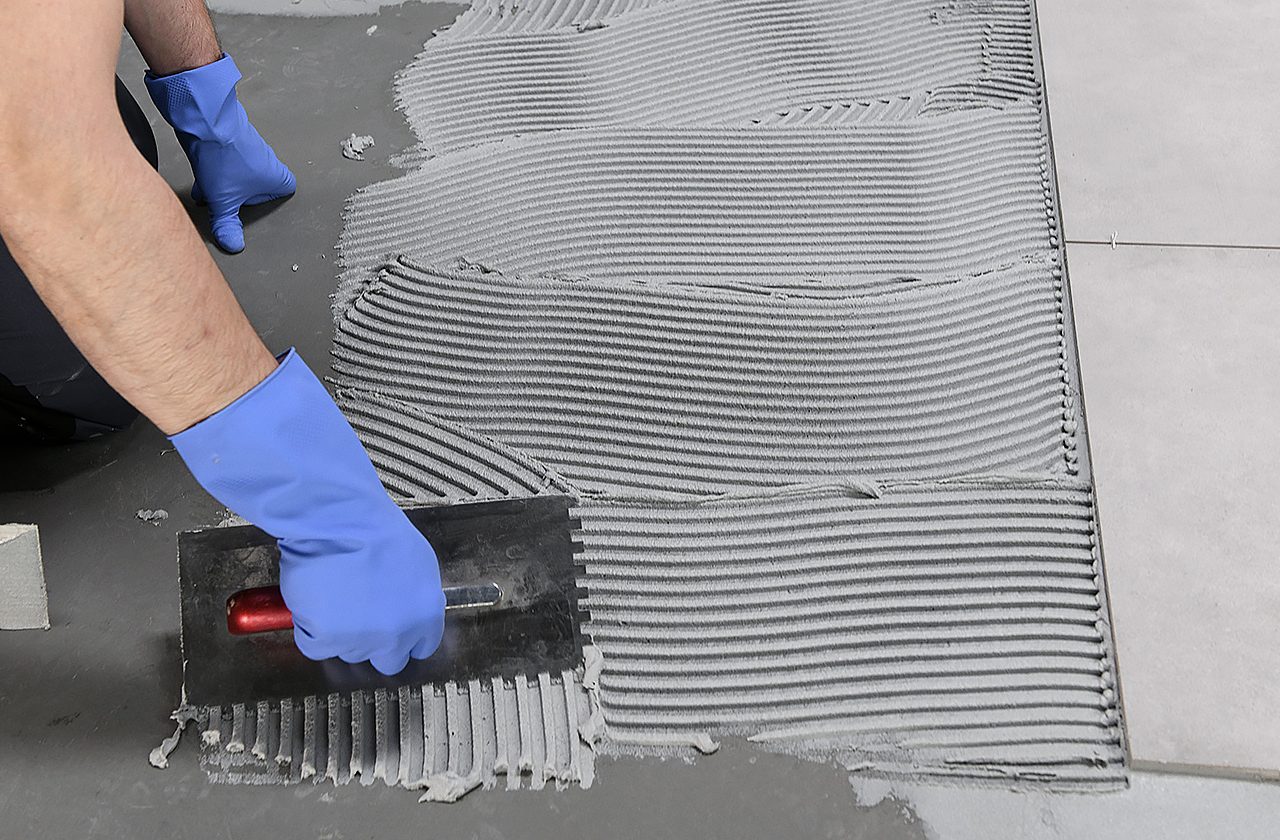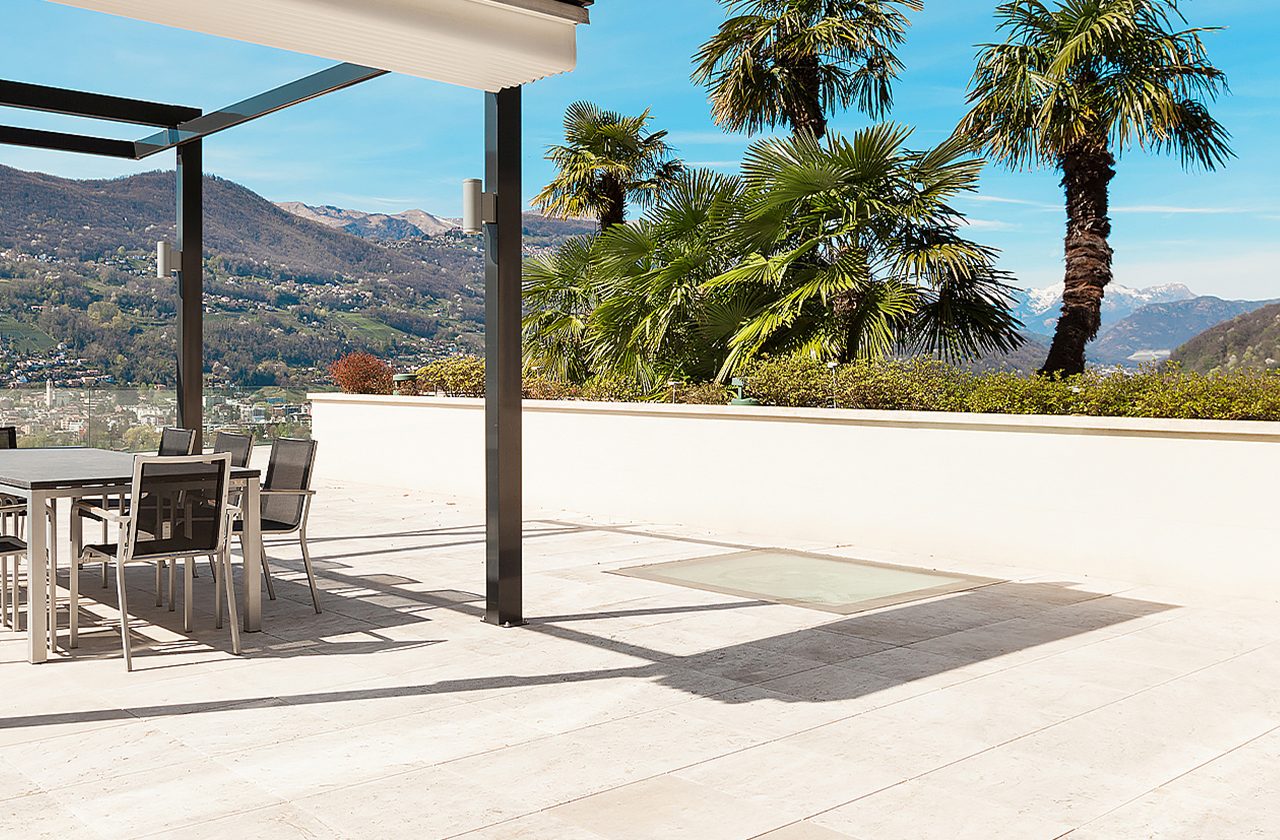YOU MAY NEED:
CM moisture measuring set
CRH moisture measuring set
CRUCIAL NUMBERS:
find out below the crucial values of moisture for different kinds of screed
01. Measuring moisture in the subfloor
Measuring the moisture is in the substrate is a must, because it influences the following decisions:
- Which type of primer is needed?
- What leveling compound should be applied?
- Which type of tile or slab can be installed?
There are two methods for on-site moisture measurement:
- CM method (calcium carbide method). The moisture content of screeds is measured with the help of a CM moisture meter.
- CRH method (corresponding relative humidity). Moisture is measured with a humidity meter and an electronic data logger.
02. Calcium Carbide method (CM)
It is a method for rapid determination of water content from the gas pressure developed by the reaction of calcium carbide with the free water of the soil. From the calibrated scale of pressure gauge the percentage of water on total mass of wet soil is obtained and the same is converted to water content and dry mass of soil.
- The tester samples material over the entire cross-section of the screed with a hammer and a chisel.
- The sample is placed into a pressure cylinder equipped with a manometer. There, the sample is mixed with calcium carbide.
- The mixture produces acetylene gas and results in a pressure increase indicated by the manometer.
- With the help of a conversion table, the moisture content of the screed can be determined.
03. Corresponding Relative Humidity Method
The CRH meter works in two modes: In the moisture measuring mode it uses the principle of electrical impedance measurement to give accurate non-destructive moisture readings. In the hygrometer mode it uses a solid state capacitive sensor RH probe to give accurate and fast relative humidity and temperature readings.
CRH method in moisture measuring mode.
The instrument is pressed onto the surface. Electrodes with special spring mounted probes transmit a low frequency signal into the test material. This process of testing can be used to give a clear picture of when and where to place the method in hygrometer mode.
CRH method in hygrometer mode.
Test hole need to be drilled into the substrate. A sleeve with a special probe is inserted into that and covered with the cap. After 3 h the interface is plugged into the probe and the results can be read on the display. The method measures the moisture content in concrete, cement screeds, calcium sulphate screeds and gypsum.
04. Comparison of CM and CRH values.
Screeds are ready to receive flooring if the values below are not exceed. If the substrate is too moist, drying is required as a preparatory measure.
- For cement screeds: maximum 2% CM and below 75% CRH.
- For calcium sulphate screeds: maximum 3% CM and below 90% CRH.
- For heated calcium sulphate screeds: maximum 4% CM and below 95% CRH.
OUR TIPS & HINTS FOR PROFESSIONALS:
How to tackle residual moisture in substrate.
In case of moist substrate special primers have to be applied. In the primer segment, the 2-component Epoxy Safety Primer R 755 is Ceresit’s most powerful weapon against rising moisture. It reliably seals cement screeds with a residual moisture content up to 6 % CM and concrete floors up to 7 % CM moisture. It is also suitable for strengthening difficult substrates.

Tiling large format tiles with CE 79 Epoxy
How to apply Epoxy adhesive and large format tiles.

A-type waterproofing and tiling of terraces
Find out how to install terrace layers properly.

Grouting with Ceresit reactive systems
How to apply and grout mosaics with epoxy adhesive.

Guidelines to floor preparation before tiling
How to prepare cementitious floor for easy-going tiling.